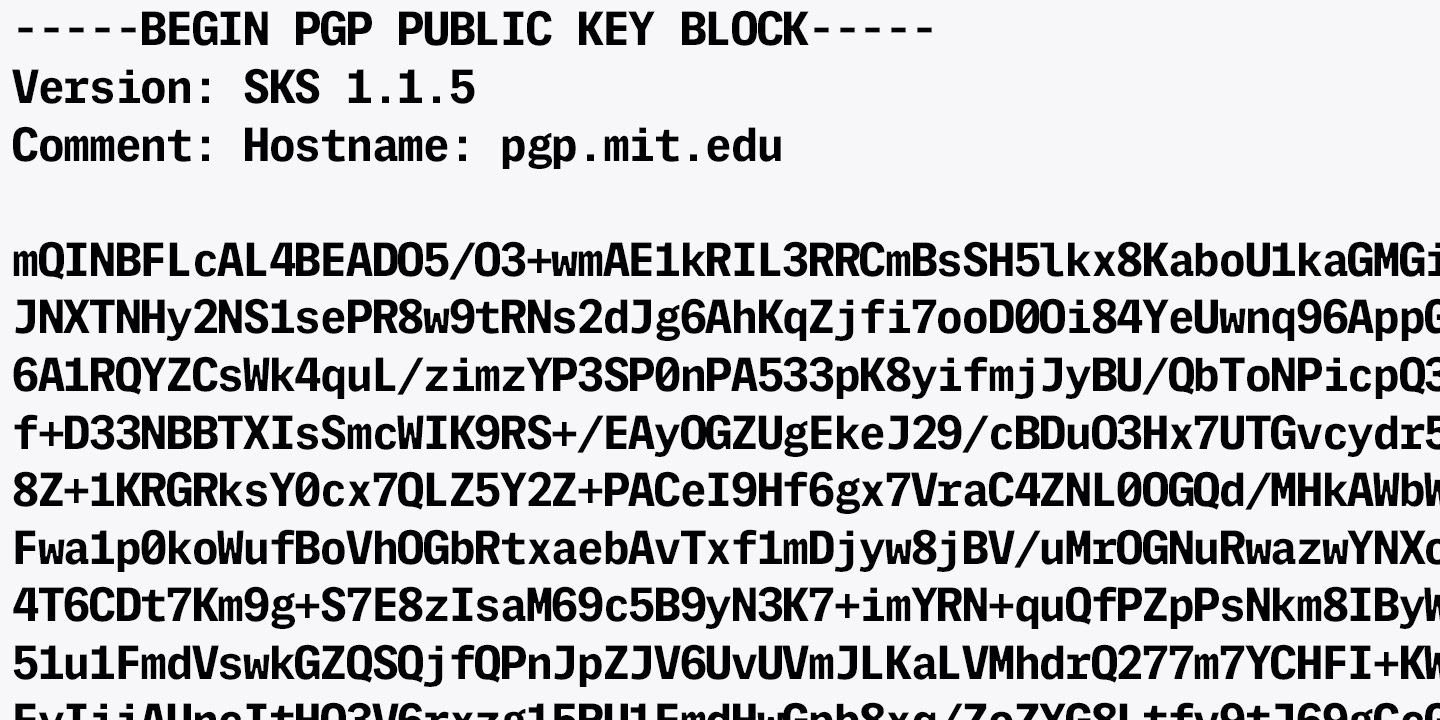1. Bottom Line Up Front (BLUF)
Intelligence agencies can access virtually all digital communications through multiple redundant collection methods: direct access to tech company servers (Google, Microsoft, etc), fiber-optic cable interception, bulk call recording, and telecom partnerships. Once collected, data is processed through powerful analytics platforms that enable retrospective searching of anyone's complete digital history—including supposedly anonymous or encrypted activities. This global system operates through interconnected alliances (Five Eyes, Nine Eyes, 14 Eyes) with minimal effective oversight and continuously expanding technical capabilities. [Almost Certain 90-99% confidence]
2. Legal Basis
Each nation possesses the sovereign right to legislate for its national security. Most countries, following the U.S. Supreme Court (Haig v. Agee), recognize broad deference to foreign intelligence collections and explicitly authorize or even mandate mass surveillance at scale, including metadata and content collection, often without prior judicial review. Domestic laws such as:
US: 18 U.S.C. § 2709 (National Security Letters), FISA §702 (warrantless collection on non-U.S. persons), and Executive Order 12333 (global signals intelligence operating outside FISA’s scope and lacks any judicial or congressional oversight).
EU: GDPR (Regulation (EU) 2016/679) framed as a gold standard for data protection, but Article 23 explicitly provides exemptions for all "national security," "defense," and "public security" purposes bypassing all protections.
Germany: Germany’s G10 Act (amended post-2016) permits the BND to conduct mass surveillance (Strategic Mission Intelligence)
France: LPM (Loi de Programmation Militaire, 2015) and Intelligence Act (2015) authorize bulk collection of communications data. France's DGSE maintains Mediterranean regional fiber tapping capabilities (Frenchelon).
UK: Investigatory Powers Act 2016 (Parts 6 and 7),
Australia: Assistance and Access Act 2018,
Canada: CSE Act (2019) and SCIDA (2015). . Canadian systems specifically target internet protocol traffic (EONBLUE) and encrypted communications (SNOWGLOBE).
China: National Security (2015) and Cybersecurity Laws (2017), and Intelligence (Ibid), Data Security Law (2021) and Personal Information Protection Law (2021)
India: Information Technology Act (2000, amended 2008) and Rules (2011)
Russia: Yarovaya Law (Federal Law No. 374-FZ) and SORM (Order No. 538, 2000), SORM-3 (2014).
3. Historical Background
Contemporary surveillance architectures evolved from precursor programs like SHAMROCK (1945-1975) that established operational precedents for large-scale warrantless interception of telegraph and later telephone communications. Post-9/11 intelligence expansion explicitly authorized surveillance against domestic populations without traditional legal constraints (STELLAR WIND), while technically sophisticated eventually privacy-preserving approaches were deliberately abandoned in favor of more intrusive collection methodologies without comparable safeguards (THINTHREAD).
4. Contemporary SIGINT
Intelligence agencies access emails, chats, and files directly from major tech companies' servers including Google, Apple, and Facebook through direct data pipelines established under FISA court authorization (PRISM). Simultaneously, your data is intercepted at fiber-optic backbone junctions, internet exchange points, and routing chokepoints as it traverses the global network (UPSTREAM, FAIRVIEW, STORMBREW). All internet traffic—including emails, social media interactions, and browsing histories—passing through key undersea fiber-optic cables is intercepted and buffered for days or weeks, enabling retrospective analysis of untargeted data without immediate filtering or prior suspicion (TEMPORA). A distributed global SIGINT network leverages ground-based satellite interception facilities (like Menwith Hill in the UK and Pine Gap in Australia) alongside physical taps on undersea fiber-optic cables to capture worldwide communications (ECHELON).
Formal partnerships with tier-1 telecommunications carriers like AT&T and Verizon provide direct access to internet backbone traffic and phone data through equipment installed at critical network junctions (OAKSTAR), including specialized systems targeting encrypted VPN tunnels (MONKEYROCKET) and global financial transaction messaging networks (SILVERZEPHYR).
Cellular device location analytics collect and process mobile phone geolocation data to track physical movements and map interpersonal relationships, identifying co-located devices to establish social networks and movement patterns even for individuals not specifically targeted for surveillance (CO-TRAVELER). Air travel communications—including passenger connectivity systems, in-flight Wi-Fi traffic, and aviation control channels—are systematically intercepted and processed to track individuals during international and domestic travel (TARMAC). Cell-site simulators operating across multiple frequency bands trick mobile devices into connecting to counterfeit base stations instead of legitimate carrier infrastructure, enabling precise device location tracking and potential communications interception without judicial oversight, even in domestic settings (Stingray, Kingfish, Triggerfish).
Text messaging interception programs collect at least 200 million SMS messages daily on a global scale, automatically extracting financial transaction data, precise geolocation coordinates, and contact relationship mappings from message content and metadata (DISHFIRE).
Surveillance extends to webcam communications, with programs capturing millions of still images from video chats at regular intervals, inadvertently collecting substantial quantities of intimate content (OPTIC NERVE).
Full-take voice collection systems can record and store all telephone calls within targeted countries for 30-day periods, capturing both conversational content and associated metadata through integrated voice processing systems with speaker recognition capabilities (MYSTIC, SOMALGET, VOICE RT).
4. Analysis
Federated search interfaces provide intelligence analysts with comprehensive access to virtually any online activity without prior judicial authorization, including retrospective search capabilities across entire global internet traffic archives—including previously anonymized VPN and Tor-routed traffic (XKeyscore). This system enables access to complete email content and metadata, social media activity, web browsing histories, chat transcripts, and search term usage (even from "encrypted" search engines), with capabilities to reconstruct full session details including screenshots of activity and tracking files uploaded or downloaded, all filterable by precise selectors including email addresses, IP ranges, or specific search phrases (XKeyscore).
Machine learning and pattern analysis algorithms process bulk metadata to construct behavioral models that purportedly identify high-risk activity patterns, though with documented high false-positive rates that misclassify ordinary behavioural patterns as suspicious justifying additional surveillance (SKYNET). Internet user profiling systems compile comprehensive browsing habit histories by logging IP addresses against websites visited over extended time periods, enabling detailed behavioral analysis and interest mapping (KARMA POLICE). Statistical dashboards quantify signals intelligence collection volume by geographic region and data type, providing metrics on surveillance coverage and collection capabilities (BOUNDLESS INFORMANT). Cross-agency federated searching tools automate intelligence sharing between different agencies and partner nations, significantly increasing analysis scale and throughput while circumventing traditional information sharing constraints (ICREACH).
Specialized database structures segregate and optimize different data types—telephony metadata in high-performance graph databases (MAINWAY), internet connection records and digital selectors in purpose-built repositories (MARINA), and intercepted communication content in searchable storage systems (PINWALE)—while network mapping tools track global internet-connected devices and infrastructure, including detailed hardware identification and connectivity mapping (TREASUREMAP).
Compromising Encryption, VPN and TOR
The cryptographic standards intended to secure communications have been deliberately compromised through covert influence on international standards bodies and the insertion of algorithmic backdoors into widely-deployed commercial encryption implementations (BULLRUN, EDGEHILL). Specific examples include the compromise of the Dual EC DRBG random number generator standardized by NIST, creating cryptographic vulnerabilities exploitable only by those with access to certain mathematical parameters. Commercial VPN services and protocols are systematically targeted by specialized decryption tools designed to exploit implementation weaknesses and cryptographic vulnerabilities in encrypted tunnel protocols (Longhaul). While XKeyscore can monitor Tor/VPN traffic, full deanonymization often requires endpoint compromise (e.g., FOXACID exploits) and/or correlation attacks.
6. Biometrics
Biometric identification systems apply facial recognition algorithms to images extracted from intercepted video communications, social media platforms, and other visual data sources to identify and track individuals across multiple contexts and locations (GILGAMESH). Integrated biometric intelligence systems combine multiple identification modalities—facial geometry, voice pattern analysis, iris scans, and gait recognition—drawing from both classified intelligence repositories and commercial data sources including social media platforms, travel databases, and identity documents (I2).
7. Global Surveillance
The global signals intelligence ecosystem operates through structured alliances with varying levels of integration and data sharing permissions. The core Five Eyes partnership (NSA-USA, GCHQ-UK, CSE-Canada, ASD-Australia, GCSB-New Zealand) represents the deepest technical and operational integration with comprehensive data sharing. The expanded Nine Eyes configuration (adding Denmark, France, Netherlands, Norway) and Fourteen Eyes arrangement (further incorporating Germany, Belgium, Italy, Spain, Sweden) maintain progressively less comprehensive but still significant intelligence sharing frameworks. Additional bilateral arrangements with "third-party" partners including Japan, South Korea, and Israel provide targeted access to specific geographic or technical collection opportunities.
End of Brief.
[For more information on Section 14 please click here.]










